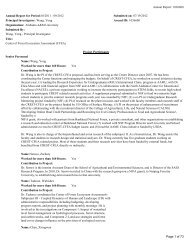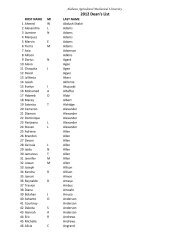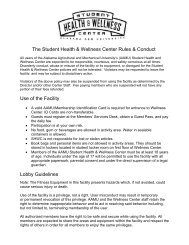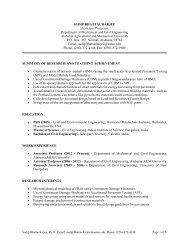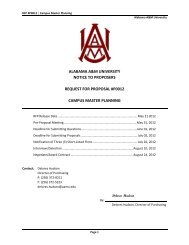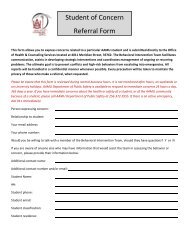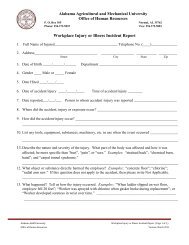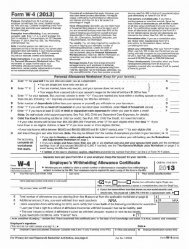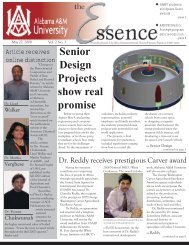2010 CREST Annual Report - Alabama A&M University
2010 CREST Annual Report - Alabama A&M University
2010 CREST Annual Report - Alabama A&M University
- No tags were found...
Create successful ePaper yourself
Turn your PDF publications into a flip-book with our unique Google optimized e-Paper software.
Deciduous17%12%Developed7%8%27%9%Cropland31%21% 15%7%Evergreen31%15%Water16%6%30% 20%Pasture9%40%MixedforestPastureWater12%Deciduous13%20% Conversion < 5% are not shown. Bolded arrows shows =>20%Figure 73: Major Land Cover Conversions from 1980 to 2000These findings are a result of further efforts completed by Dr. Gyawali who developed two regressionmodels to understand socioeconomic development of the region, i.e.: (1) the relationship betweenhuman well‐being and different forms of community capital and (2) the relationship between incomeconvergence over time and the factors that conditioned income growth in the study region. There was asignificant relationship between human well‐being and community capitals and the results suggested asignificant relationship between human well‐being and a major form of community capital, socialcapital. However, this relationship was conditioned by socioeconomic and spatial factors. The resultssuggest that the increasing amount of social capital – such as social networks, social and cultural clubs,farmers’ associations, and non‐government organizations ‐ have had positive effects on the humanwell‐being index of the study region. The study also found significant neighborhood or clustering effectson human well‐being.Forest growth trends were not evenly distributed and did not show a consistent pattern in all areaswithin the west-central Black Belt region of <strong>Alabama</strong>. The classification maps showed that forest growthoccurred in certain geographic areas (such as in and around industrial or corporate lands, outskirt ofmajor highways, industrial zones, etc). Such unique patterns of resource concentration or expansionmay be a reason for a lack of perfect or linear relationship with the human well-being.Nevia Brown explored the relationship between the forest cover and people in and around theBankhead National Forest. Human well-being in the area had increased from 1990 to 2000 especially inincome and education. There were significant changes in land cover in developed lands, hardwoods, andmixed forest. The data showed a significant correlation between changes in human well-being anddeveloped lands, mixed forest, and hardwoods forest land covers types as well as changes in the mixedforest land cover for the study area. There was a small but weak relationship showing that 17% of thechange in human well-being is explained by the model but only 3% was explained by land cover. This96



